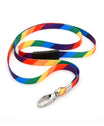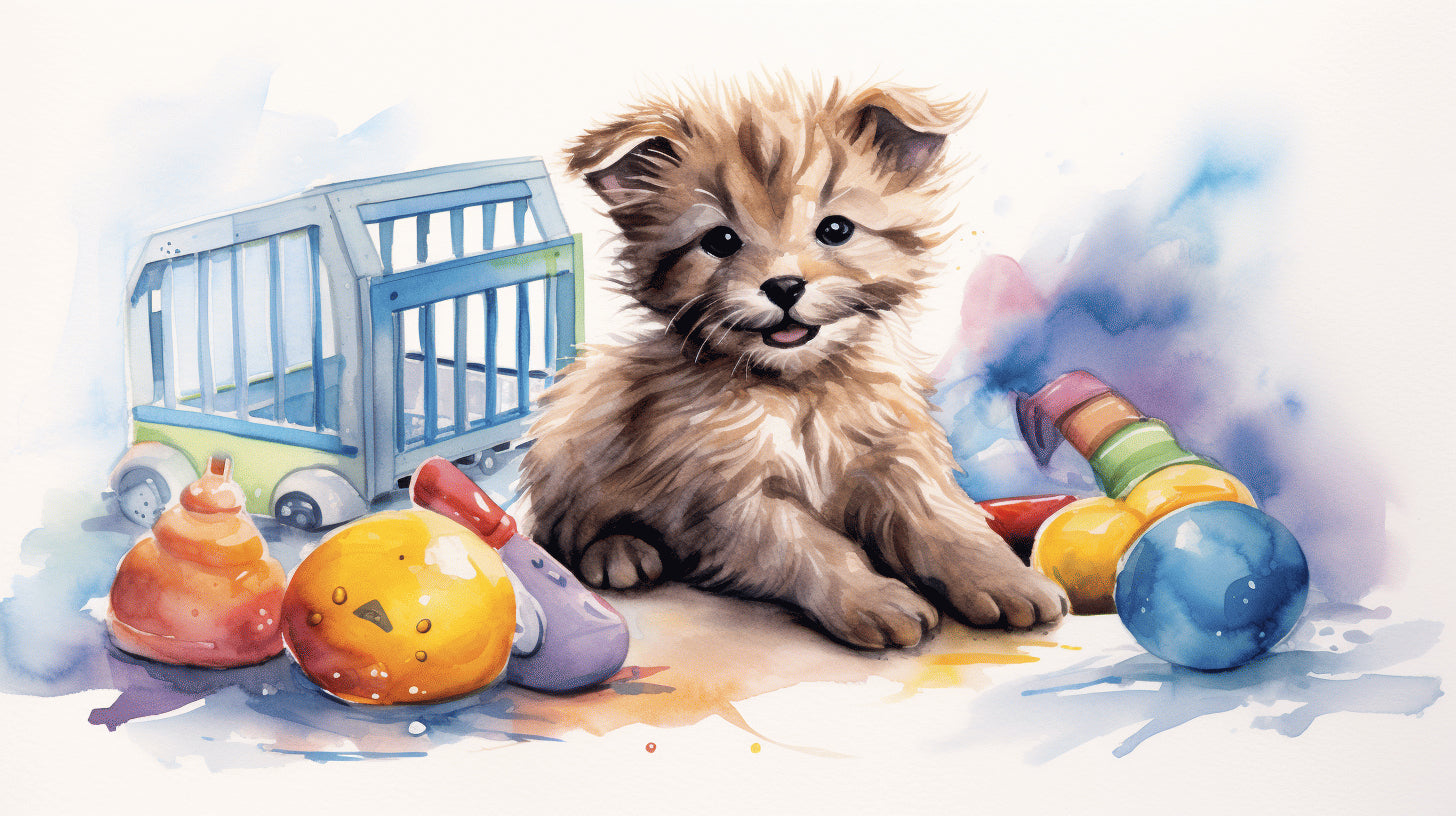From the moment your child takes their first breath, their safety becomes paramount. As your child grows, so does the world around them, expanding from the confines of your loving arms to the great big world outside. But how do we, as parents, carers, and guardians, ensure their safety in all spheres of their life?
From understanding the quiet but threatening nuances of child maltreatment to practicing child safety in passenger vehicles, protecting them from the escalating rates of violence against youth, and safeguarding their digital avatar in the matrix of the internet... it's no small task.
This article offers you insightful and practical solutions for child protection. It delves into rigorous investigation procedures for suspected child abuse and neglect along with intuitive resources and hotlines for easy child abuse reporting. Furthermore, it explores the role of family-friendly workplace legislation, robust child protection systems, and strategic education and awareness campaigns in promoting child safety and family welfare. Finally, let's not forget the thorny issue of guns, a leading cause of death in children, as we investigate the risks and explore preventive measures.
Let's embark on this journey together, with one common goal – keeping our children safe.
Understanding Child Maltreatment
The innocent laughter and cheer of a child can instantly brighten up any room. They signify endless opportunities, untapped potentials, and promise for a brighter tomorrow. Regrettably, not all kids get the chance to indulge in the unadulterated joy that childhood should offer, and child maltreatment continues to blot the canvas of their lives. This nightmare for a child may take varied forms: Neglect, Physical Abuse, and Sexual Abuse being the predominant ones.
Neglect
Child neglect is a concerning but often overlooked form of child maltreatment. It involves the recurring failure by a custodian to provide a child's essential needs such as food, clothing, shelter, health care, and education. According to recent statistics, a disturbing 76% of maltreatment reports in 2021 involved cases of child neglect. This glaring statistic reveals the urgent need for stricter measures and widespread awareness to prevent neglect and ensure child safety.
Physical Abuse
Physical abuse includes any deliberate physical act by a caregiver that causes a child harm, such as hitting, shaking, or burning. This form of maltreatment potentially disrupts a child's mental, emotional, and physical development. The gut-wrenching fact is that 16% of maltreatment reports in 2021 were physical abuse cases. It underlines the dire need to educate parents and caregivers about healthier disciplinary alternatives that encourage child growth and development rather than inflict harm.
Sexual Abuse
One of the most harrowing forms of child maltreatment is sexual abuse. It includes coercion or persuasion of a child to engage in sexual activities that they cannot comprehend fully. Upsettingly, 10% of reported maltreatment cases in 2021 were sexual abuse incidents pointing to the urgent need for collective action to end this menace.
Thankfully, there has been a rising tide of resources devoted to Ensuring Safety of Children. These resources engage communities in comprehensive prevention initiatives. By obtaining a better understanding of each child maltreatment form, we’re better equipped in preventing its occurrence and responsible for ensuring every child's safety, thus safeguarding our future.
Child Safety in Passenger Vehicles
Safety, especially child safety, is a matter of paramount importance when we talk about travels in passenger vehicles. Sadly, car crashes still continue to be one of the leading causes of deaths in children. As distressing as this information may be, it calls to our attention that we must prioritize child safety in passenger vehicles.
First things first, safeguarding the lives of our precious little ones while in transit hinges significantly on child passenger safety measures. It's an encouraging sign that in 2021, it has been reported that 90% of child passengers younger than 13 years were properly restrained. However, it is imperative that we close the gap for the remaining 10% and aim for absolute safety rates.
Adequate child passenger safety, achievable through the right knowledge and resources, forms the cornerstone of Family Safety in Vehicles. Your vehicle should be more than just a means to travel; it should be a safe haven for your family, a place where every member, especially children, are well-protected.
Let’s go over a number of steps you can take to ascertain adequate child passenger safety:
- Use appropriate child car seats: It is not enough to just buy a car seat. It's important to choose a seat that aligns with your child's height, weight, and age. Different types of car seats, for instance, front-facing, rear-facing, or booster seats, serve differing safety purposes based on children's developmental stages.
- Ensure correct installation: A car seat, no matter how sophisticated, is rendered useless if it's not correctly installed. Always refer to the car seat and vehicle manuals for the installation procedure before attempting to install.
- Regular checks for wearing and damage: Over time, a car seat might suffer from wear and tear. Regular checks are essential to ensure that the safety measure remains in optimal condition.
Remember, safety is a practice not a product and constant vigilance is key when it comes to ensuring the safety of our children in passenger vehicles.
Continuing the conversation, our next step to enhance child safety revolves around proper car seat usage. Too frequently, car seats are either installed incorrectly, used improperly, or are not fitted correctly for the child's size, endangering the child's safety. Let's dig a little deeper into this in the following section.
Violence Against Youth
It's heartbreaking, yet impossible to ignore, that violence against youth is an ever-growing issue in the United States. It's critical to understand the gravity of the situation to promote and advocate for the necessary changes. This section will shed light on various dimensions of this grim reality, from escalating child homicide trends to all-cause death rates amongst children, and the extent to which children are affected by gun violence.
Child Homicide Trend
One of the most alarming trends we're currently witnessing is the surge in child homicides in the United States. Child safety is now more relevant than ever before. However, it's crucial to ensure you protect your child not just by delivering universal messages of well-being, but also through specific safety measures crafted in response to their unique environment and routine. It is through this comprehensive approach that an integral part of the Child Safety Solutions delivers its effectiveness.
All-Cause Death Rate Among Children
It's not all disheartening news, though. Data indicates a decline in the all-cause death rate among children aged 1-4, shifting from 26.3 per 100,000 in 2011, to 25.0 per 100,000 in 2021. This decreasing trend signifies progress, however small, in safeguarding our youngest citizens and ignites hope for a safer future.
Children Affected by Gun Violence
On the other hand, gun violence remains a terrifying reality for many children and teenagers. With an estimated 19,000 of them shot yearly in the United States, it demands our immediate attention and action.
Addressing violence against youth encompasses a multitude of facets - from understanding and combating alarming trends such as child homicide to acknowledging and fortifying the positive shift in the all-cause death rate among children. Moreover, we must face the grim reality of how deeply gun violence affects our children and teenagers. Only then can we advocate for meaningful change and, together, work towards a safer world for our youth.
Child Online Safety
Encounter with Harmful Online Content
Child online safety is a growing concern in our technologically reliant world. This concern isn't baseless; studies reveal a startling 27% of children aged 7-17 have encountered harmful online content. But what does this mean exactly?
Harmful content can range from explicit sexual material, violent and aggressive content, to hate speech. In the vast digital playground where boundaries are blurred, kids often stumble upon these inappropriate, misleading, or downright dangerous materials, sparking fear, anxiety, and confusion.
It's paramount we heed this alarming statistic. Long gone are the days when the greatest worry was a scraped knee from a bike ride! As parents, guardians, or caregivers, we have a new responsibility - to ensure our young ones navigate through the online sphere safely, much like we would like to walk hand-in-hand with them across a busy street.
But don't be disheartened! There are ways to chart this vast territory effectively. These range from setting up parental controls, using child-friendly search engines, to installing specific apps designed to shield unsuspecting young eyes from the harsh realities of the unregulated internet.
Negative Outcomes Due to Online Activity
Shockingly, another study found that 41% of young internet users have faced negative outcomes due to their online activity. Negative consequences can include cyberbullying, sleep deprivation, academic damage, or being a victim of online scams.
Cyberbullying, in particular, can be extremely damaging as it encroaches upon personal spaces where kids ought to feel safe and secure. The effect of such harmful encounters can also spill over, causing a ripple effect that imprints psychological trauma and potent anxiety.
We cannot be naïve and place the entire responsibility on the shoulders of our little ones. It is upon us, as their primary caretakers, to guide, to counsel, and most of all, to create a secure environment for them, both offline and online.
Through careful monitoring, open conversations, and mindful parenting tactics, this worrisome epidemic can be quelled. Consider time-limiting their online presence, frequently checking their browsing history, or simply engaging them with constructive offline activities. Encourage them to talk about their online experiences, empowering them to share worries or strange encounters without hesitation.
Remember, whether it's the real or virtual world, the essence of parenthood remains the same - protection, guidance, and love.
These may seem like daunting tasks, but fret not! The journey to Creating a Secure Environment for your little ones in this digital era is completely feasible, and absolutely essential. Thankfully, you're not alone in this journey; numerous resources are available to help you along.
March on with confidence. After all, an informed parent can be a child's most significant line of defense!
Child Abuse and Neglect Investigation
In the panorama of social welfare and child protection, the issue of child abuse and neglect is an immensely complex and disheartening phenomenon. It demands dedicated attention not only from the community but also from entities like Child Protective Services (CPS). Today, we delve into the significant role of neglect investigations and CPS's crucial position in this framework.
Investigation Stats
To grasp the enormity of the situation, it's vital to be aware of prominent trends and investigation stats. Specifically, the pendulum swings in directions that might not always be anticipated. In fact, 45% of child abuse or neglect investigations were substantiated, meaning almost half the cases result in concrete findings of mistreatment. On the flip side, it's worth noting that in 55% of cases, allegations were not substantiated.
While this data might initially paint an optimistic picture, suggesting a majority of investigations don't discover evidence of abuse, the complexity of these investigations shouldn't be dismissed. Neglect and abuse can be incredibly clandestine, masked behind closed doors and silenced voices, making substantiation a daunting task.
The truth is, these figures draw attention to the critical necessity for institutions like CPS to have more significant influence and access to better resources. This takes us to our next subject.
Roles of Child Protective Services (CPS)
Child Protective Services form the backbone of the child welfare system. Their responsibility to act for children's welfare cannot be overstated. CPS helps by initiating investigations, offering advice, and providing services for the children in question. Their undying dedication and commitment are what stand between countless children and potential harm.
Firstly, CPS is pivotal in holding the mantle of inquiries. Collaborating closely with law enforcement agencies, CPS initiates and carries out investigations, exhaustively looking into reported concerns of child abuse or neglect. They often act as the first line of defense for children trapped in abusive environments.
In terms of advice, CPS serves as a reservoir of information, offering detailed guidance to families, educators, medical professionals, and everyone involved in a child's life about potential signs of abuse and neglect. This educational contribution empowers communities, enabling them to report suspected cases and effectively stem the tide of child abuse.
Furthermore, their service extends to therapeutic intervention. CPS steps in to aid those children and families already identified as victims, offering essential services like counselling and temporary foster care when necessary.
In essence, Child Protective Services champions the crusade against child abuse and neglect, providing protective barriers for our most vulnerable members of society. Their role reinforces the necessity for all of us to remain alert and supportive in our collective pursuit of a safe environment for every child.
Weapons and Children
Growing up, many of us were familiar with the phrase, "Child safety is no child's play." Today, this statement rings even more true, particularly in relation to the alarming topic of home guns and their risk to children. In light of the increasing number of juvenile injuries and deaths each year, measures for preventing gun-related accidents are more important now than ever before.
Home Gun Risks
The seemingly harmless decision of keeping a gun at home poses a significant risk to children. In the blink of an eye, a child's innocent curiosity can lead to a heartbreaking disaster. Here's why:
- Availability: Children are naturally curious and if they come across a gun lying around the house, a tragic accident can happen in no time.
- Lack of knowledge: Most children have little to no understanding of the lethal potential a gun holds, assuming them to be just like the toy guns they play with.
- Imitation: Television and video games often depict gun usage in a glorified context, leading children to mimic these actions without the apprehension of danger.
All these factors place our children in a precarious situation, causing thousands of deaths and injuries annually.
Preventing Gun-Related Injuries and Deaths
If the thought of child injuries and deaths due to firearms is terrifying, you would be relieved to know that there are effective ways to prevent these incidents. Here are a few measures:
- Safe storage: Store your firearms unloaded in a locked cabinet, safe, gun vault, or storage case when not in use. Remember, the key should always be out of children's reach.
- Education: Teach your children about the dangers of guns. Make sure they understand these are not toys, and they should never touch a firearm unless supervised by an adult.
- Monitor Media: Keep a close eye on the content your child consumes. If they come across any violent content involving firearms, use this as an opportunity to discuss the real-world consequences of gun usage.
"Preventing gun-related injuries and deaths in children is about readiness, not fear. It's about making the home environment as safe as we can, not about entirely eliminating all risk."
To echo this sentiment, the dangerous dance between weapons and children should be rhythmically replaced with protective steps towards a safer environment. This transformation demands our utmost attention, for child safety, indeed, is no child's play.
Resources and Hotlines for Child Abuse Reporting
Spotting signs of child abuse can be quite challenging, especially for those who are not brilliant at reading the lines. Yet, it's our collective responsibility as a caring society to protect every child, ensuring they grow in a conducive and loving environment. Should you suspect child abuse, it's entirely plausible to feel clueless on the next step. That's where child abuse hotlines come in handy, as they provide professional help in terms of advice and reporting, even for those just suspecting abuse.
Childhelp National Child Abuse Hotline
One of the most recognized child abuse hotlines is the Childhelp National Child Abuse Hotline. Dialing 1-800-4-A-CHILD connects you with trained counselors ready to help with advice, interventions, or general questions about child abuse and the necessary steps to take. The incredible thing about this hotline is that it's operational 24/7, ensures confidentiality, and supports over 170 languages. So, whether you're looking for direction or wanting to report an abusive situation, this hotline stands as a beacon of hope for kids in need.
While hotlines are a good starting point, it's also crucial to empower our children with personal protection tools, such as the Ashley Personal Safety Alarm. Not only does this device give a child the capacity to alert people nearby when they're in danger, but it can also act as a deterrent for would-be abusers.
The battle against child abuse is one we should all participate in. That involvement can be as easy as dialing a hotline number or equipping kids with personal protection tools. In the end, every effort, regardless if it seems small, plays a significant role in saving a child's life and securing their future.
Promoting Child Safety and Family Welfare
Promoting child safety and family welfare are top priorities for responsible societies across the globe. Championing these initiatives entails active participation not only from families themselves but also from the broader community, the government, social services, and businesses. Let's explore how family-friendly workplace legislation, robust child protection systems and education, and awareness campaigns can significantly contribute to this noble cause.
Family-Friendly Workplace Legislation
Family-friendly workplace legislation affirms the fundamental fact that every worker is a part of a larger social fabric - a family. Regardless of the family's shape or size, this legislation ensures the protection of time and resources the workers need to commit to their families. Implementing policies such as maternity and paternity leaves, flexible working hours, and the option for remote work can play a pivotal role in encouraging a balanced work-life commitment. This, in turn, leads to healthier family relationships and, essentially, child welfare.
Let's take the case of parental leaves, for example:
- Opens up avenues for parents, especially mothers, to take care of their newborns without fearing job security.
- Encourages fathers to be more involved in child rearing, establishing bonds from early on and sharing responsibilities equally.
- Reduces the risk of post-partum depression in mothers, as they are assured time and space to heal and care for their babies.
- Promotes early childhood growth and development due to the increased contact time with parents.
"Across the board, family-friendly policies lead to healthier children and happier parents."
Child Protection Systems
A strong, proactive, and strategic child protection system plays a core role in family welfare. This involves mechanisms that spot vulnerable families and intervene with timely support, laws that protect children from exploitation, and services which provide safe homes for children in distress.
For instance, if a child protection unit is tipped off about potential child neglect or abuse, they swiftly swing into action to investigate the claim and, if necessary, deploy 'Safety Products for Families' to limit any harm to the child. Child protection units also provide vital hotlines for easy reporting of cases and rehabilitative services to mend fractured family ties wherever possible.
Education and Awareness Campaigns
Finally, we can't discuss promoting child safety and family welfare without acknowledging the significant role of education and awareness campaigns. These initiatives serve to break the cycle of ignorance and provide families with the knowledge and skills to nurture their children better.
These campaigns can encompass various topics, including:
- The importance of early childhood education.
- Strategies for effective parenting, like setting routines and fostering open communication.
- The detriments of corporal punishment as a disciplinary method.
- The need for establishing a safe and secure home environment with the help of 'Safety Products for Families'.
In a way, Education and awareness campaigns arm families with knowledge and tools to help fulfill their role as primary caretakers more effectively.
"Knowledge is power. Information is liberating. Education is the premise of progress, in every society, in every family." - Kofi Annan
In addressing this vital issue, let's remember, child safety and family welfare isn't a concern for a few, but a collective responsibility we all share in ensuring the future generations are nurtured in a secure and loving environment.
Conclusion
The safety and welfare of our children is a matter that commands our constant vigilance and care. It's a shared responsibility that extends beyond the home and into the wider community. Knowledge and awareness play a significant role in this, equipping every one of us with the understanding to prevent child abuse and neglect, promote child passenger safety, combat youth violence, ensure online safety, and advocate for legislation that safeguards family wellbeing.
We also must recognize the value of personal safety products, as these can add an extra layer of protection to our lives, whether while out and about or in the comfort of our own homes. Brands like Empowered by Ashley offer a variety of items designed to enhance our sense of security and facilitate peace of mind—for ourselves and our loved ones, including our cherished pets.
As we continue making strides towards a safer world for our children, let's remember to empower ourselves, our kids, our pets, and our communities with the tools we need to succeed. After all, everyone plays a role in creating a society where safety isn't a privilege but a right. For more information on personal safety and wellbeing products, visit Empowered by Ashley's comprehensive range here. Together, we can make a positive difference.
Frequently Asked Questions
-
What are some convenient child protection solutions?
Some convenient child protection solutions include child safety gates, cabinet locks, outlet covers, door knob covers, window restrictors, and GPS tracking devices.
-
How can child safety gates help in protecting my family?
Child safety gates help prevent toddlers and young children from accessing potentially dangerous areas such as stairs, kitchens, and bathrooms. They provide a physical barrier and give parents peace of mind.
-
Why are cabinet locks important for child safety?
Cabinet locks are crucial for child safety as they prevent children from accessing hazardous substances or sharp objects stored in cabinets, such as cleaning products, medicines, or kitchen utensils.
-
What are some features to look for in GPS tracking devices for children?
When choosing GPS tracking devices for children, look for features such as real-time tracking, geofencing, SOS button, long battery life, and compatibility with smartphones. These features ensure accurate and reliable tracking for added child safety.
-
Are door knob covers effective in childproofing?
Yes, door knob covers are effective in childproofing as they make it difficult for young children to open doors. They act as a deterrent and help prevent children from accessing areas that could pose potential risks.
















Leave a comment
This site is protected by hCaptcha and the hCaptcha Privacy Policy and Terms of Service apply.